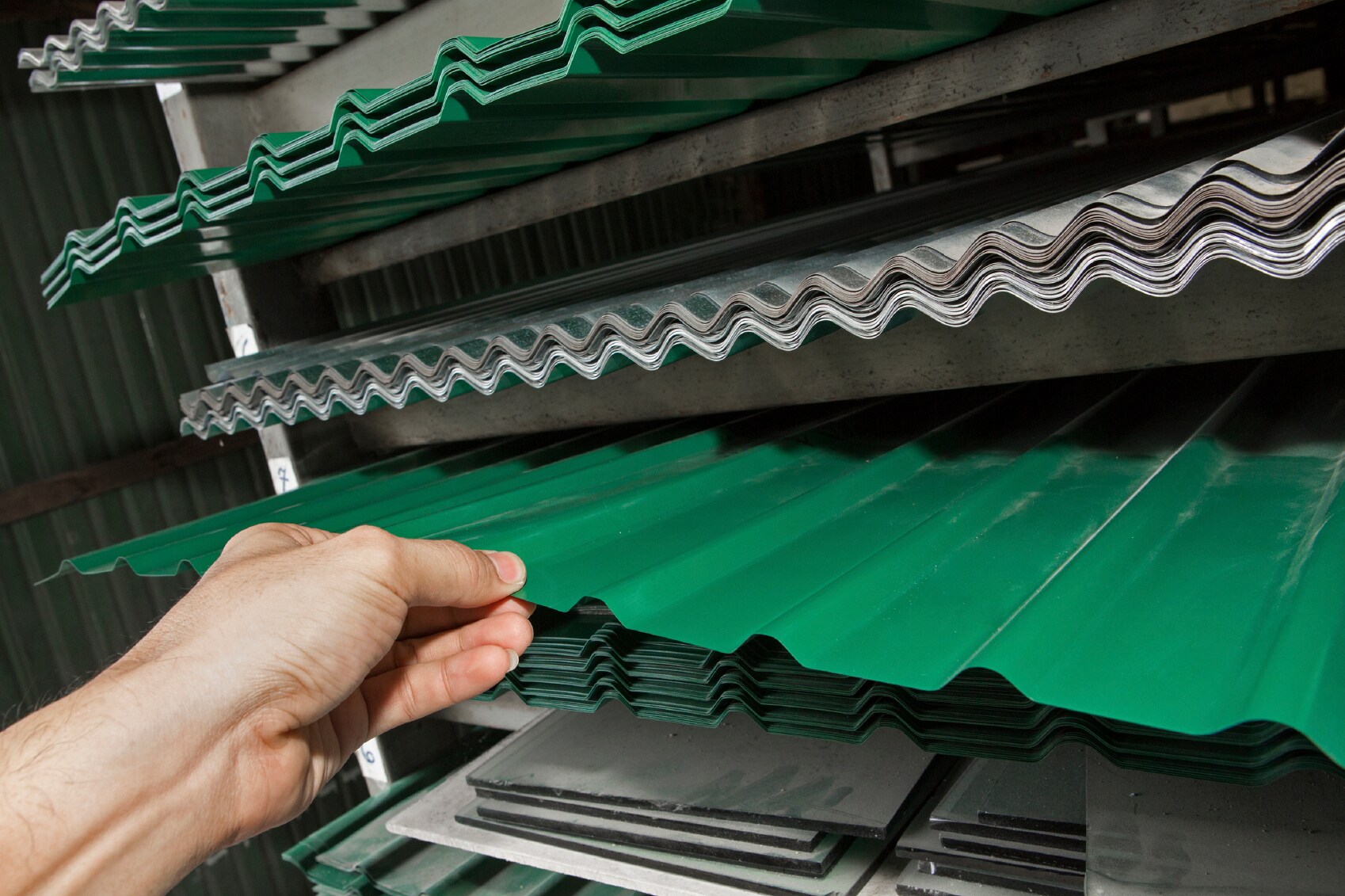 The metals industry often uses metallic and non-metallic coatings on their products to provide barrier protection against corrosion, extend product lifetime, and improve appearance. Coating materials include paint, zinc, cadmium, aluminum, chrome, nickel, nickel-chromium, iron oxide, and silver. Which coating is used is based upon many factors, including the base material, product use, environmental concerns, costs, etc. We previously wrote about how a coating weight thickness gauge with a full-spectrum infrared sensor can provide reliable measurement of organic coating thickness in real time in our blog article entitled: Are You Wasting Expensive Steel Coating Material?
The metals industry often uses metallic and non-metallic coatings on their products to provide barrier protection against corrosion, extend product lifetime, and improve appearance. Coating materials include paint, zinc, cadmium, aluminum, chrome, nickel, nickel-chromium, iron oxide, and silver. Which coating is used is based upon many factors, including the base material, product use, environmental concerns, costs, etc. We previously wrote about how a coating weight thickness gauge with a full-spectrum infrared sensor can provide reliable measurement of organic coating thickness in real time in our blog article entitled: Are You Wasting Expensive Steel Coating Material?
We also discussed analyzing those coatings with X-ray photoelectron spectroscopy (XPS), also known as Electron Spectroscopy for Chemical Analysis (ESCA). ESCA is the standard technique for analyzing the surface chemistry of a material. You can read about that article here: Dual Beam Ion Sources Improve XPS Analysis without Damage to your Metal Sample.
Coating materials must be applied in certain thickness specifications in order to express the desired characteristics. Metals that are either over- or under-plated won’t perform as expected. Over-plating also wastes expensive coating material. If coating thickness inaccuracies aren’t detected, entire coils may end up being scrapped.
For the next three posts, we will present a multi-part series, Can XRF Analyze Metal Coating Thickness? This series discusses portable X-ray fluorescence (XRF) as an efficient technology for spot analysis of metal coatings for two specific industries: aerospace and automotive.
If coatings are important to you, take a look at these articles:
- Can XRF Analyze Metal Coating Thickness?
- XRF Drives Coating Analysis in the Automotive Industry
- XRF in the Aerospace Industry: Applications in Coating Analysis
- Investigating Graphene as a Metal Coating Using Raman Spectroscopy






Therefore, the thickness controllability and repeatability of sputtering film is relatively good and can be reliably set the thickness of the film.
Almost all solid sputtering into a film if the target can be metals, semiconductors, dielectrics, multi-good hormone compounds or mixtures, as long
as it is a solid, or granular, powdery material can be used as the sputtering target, and does not the melting point of the constraints.
Take a look: film thickness
The equipment to make plastic blown film thickness has not changed significantly in recent years and used plastic blown film lines offer a high return on investment.
If buying by component, ensure the width and thickness of the film matches the rate of the existing system.
Please visit: film thickness
Perhaps the most attractive feature of flexible TPU film, rolls, and sheets, however, is their ability to be matched to a customer’s specific requirements.
All of this adds up to flexible polyurethane’s rising popularity.
More in fo: n&k
Rubelmahomed — We have several articles on polyurethane on our sister blog. You might be interested in this one: Curing Reactions of Polyurethane Resins